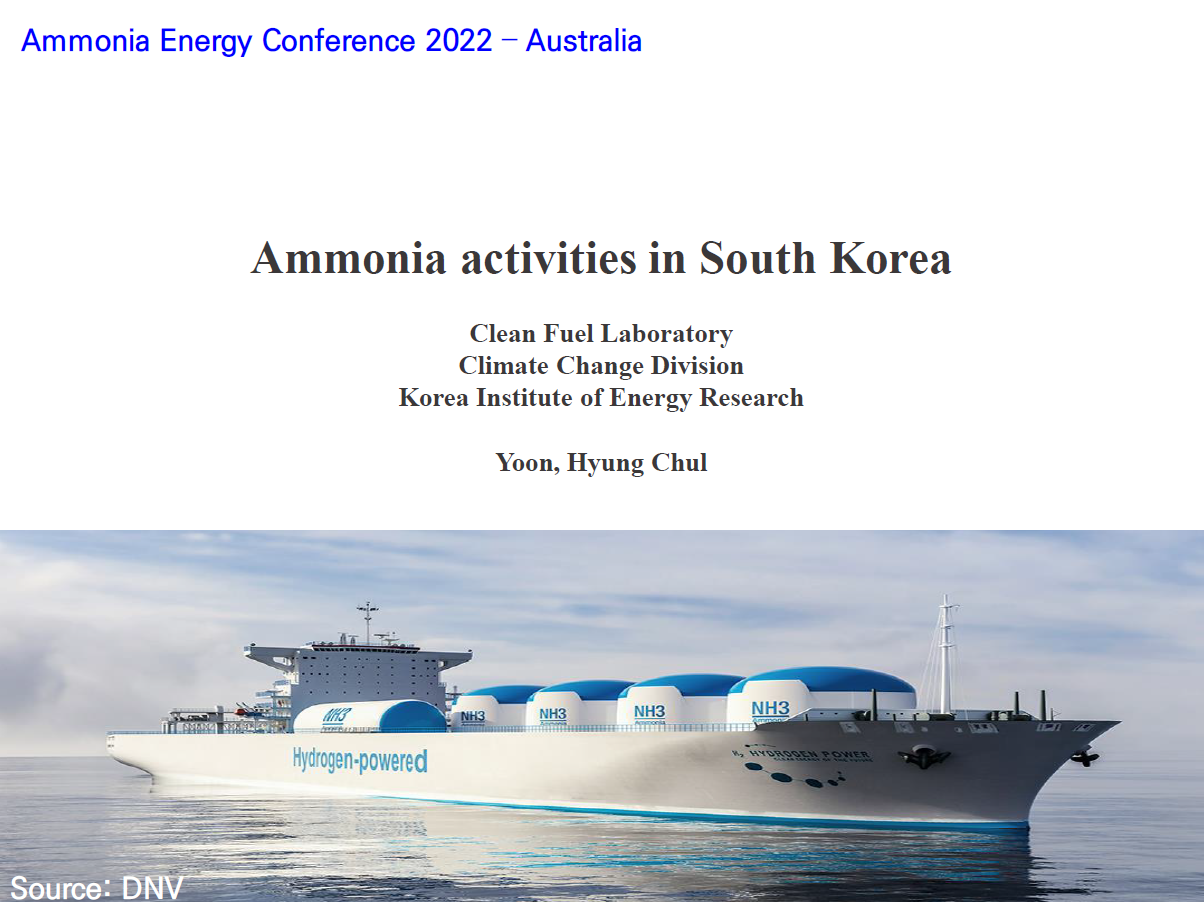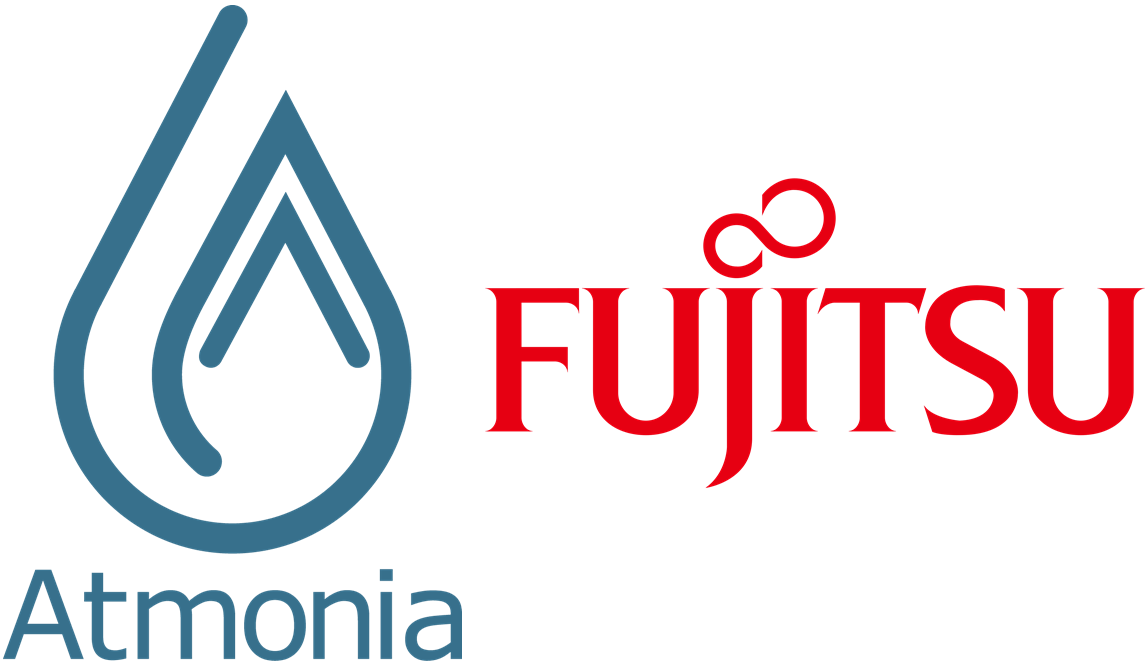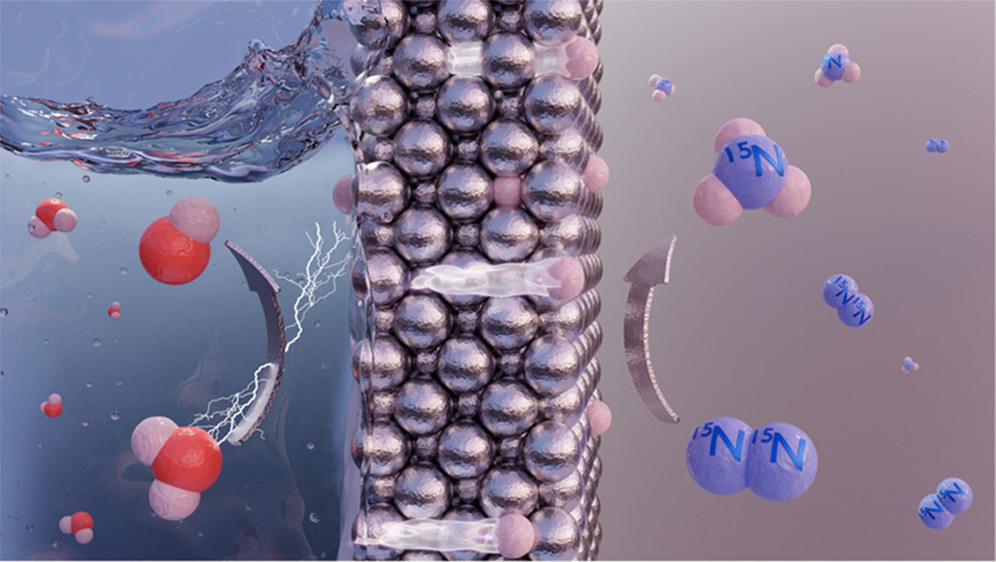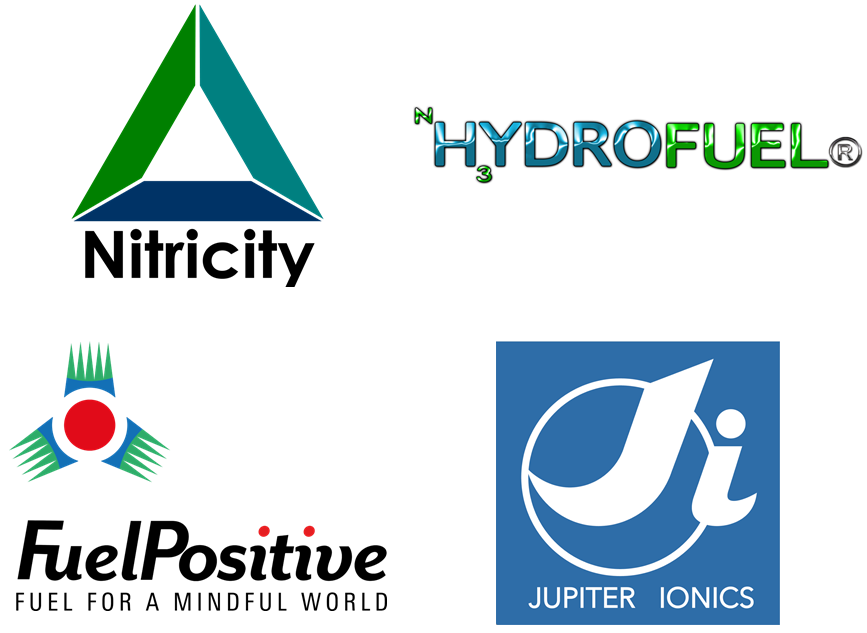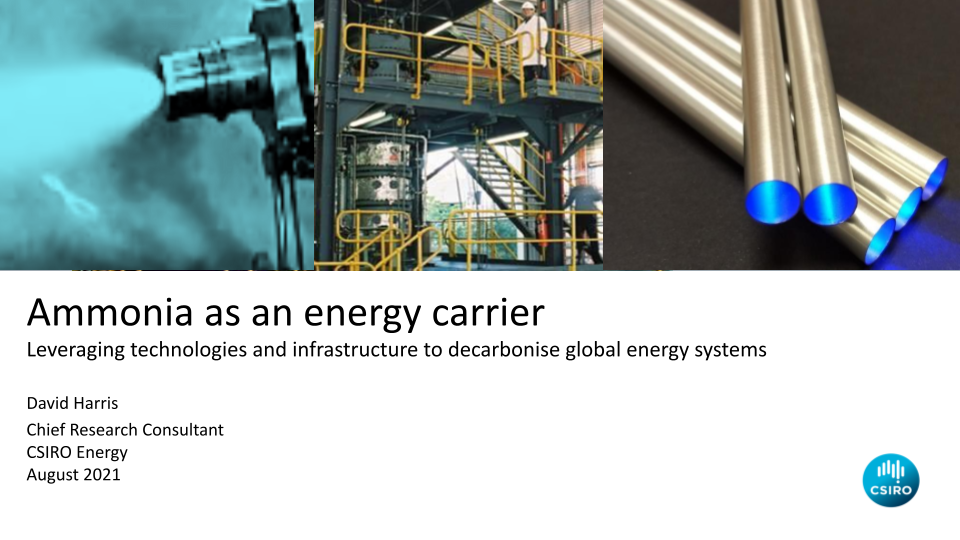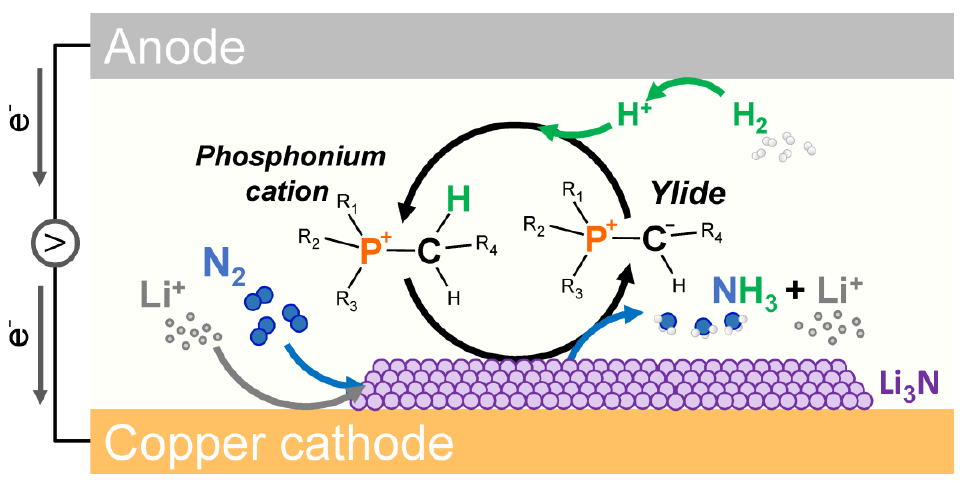Electrochemical Ammonia
Integrated Systems for Renewable Ammonia and Urea Production
Nitrogen Reduction Reaction at High Current-to-Ammonia Efficiency
AI & High-Performance Computing for ammonia catalyst R&D
Fujitsu and Iceland-based Atmonia will join forces to accelerate catalyst development for the production of ammonia via electrochemical nitrogen reduction reaction (eNRR). By using artificial intelligence and high-performance computing (HPC) technologies, the researchers can conduct “high-speed quantum chemical calculations” virtually rather than via physical experiments, allowing for greater flexibility & speed.
3rd generation ammonia synthesis: new catalysts & production pathways
We look at four new developments this week:
1. A team from DTU Energy and the Dalian Institute of Chemical Physics have uncovered a new class of alternative catalysts for mild condition ammonia synthesis. The ternary ruthenium complex hydrides Li4RuH6 and Ba2RuH6 avoid the energy-intensive pathway of nitrogen dissociation in a "synergistic" manner.
2. A team from the Korea Institute of Machinery and Materials reported a highly selective (95%) plasma ammonia synthesis method.
3. A team from Delft University of Technology has presented an present an "unconventional electrochemical design" that physically separates hydrogen and dinitrogen activation sites.
4. A team at the Max Planck Institute for Coal Research has demonstrated a new mechanochemical ammonia synthesis system that operates at room temperature and pressures as low as 1 bar.
Financing updates for novel ammonia energy solutions
This we week we explore four new announcements for financing ammonia energy solutions from Jupiter Ionics (modular 3rd generation synthesis), Hydrofuel (novel cracking technology), FuelPositive (green ammonia synthesis) and Nitricity (point-of-use green fertiliser).
Ammonia as an Energy Carrier: Leveraging technologies and infrastructure to decarbonise global energy systems
High-productivity electrosynthesis of ammonia from dinitrogen
The Ammonia Academic Wrap: a new breakthrough for eNRR research and more
This week: a new breakthrough for eNRR research, ammonia production from food waste and brown-water, the huge potential of green ammonia production from hybrid solar-wind across the globe, predicted cost dynamics of electrolyser technology, and hydrogen production using selective ion membranes.

